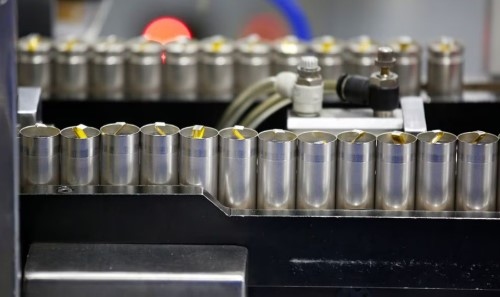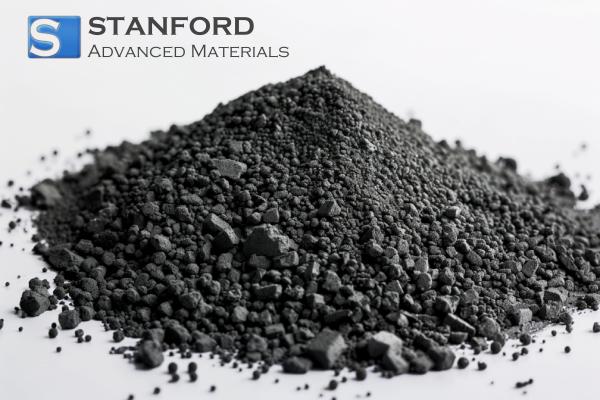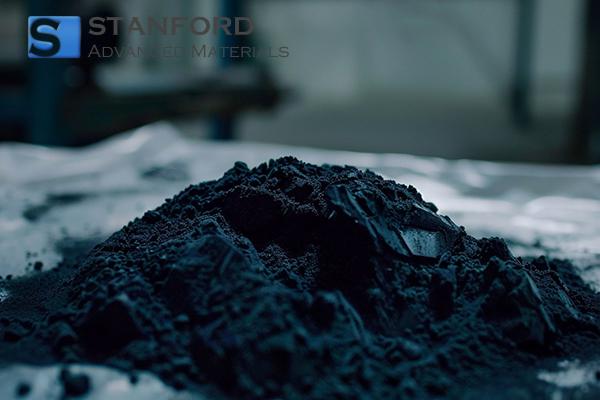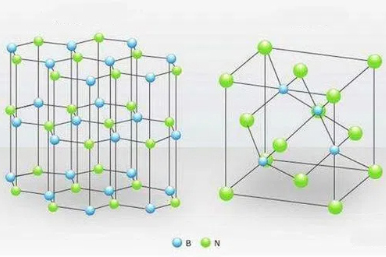Cobalt In EV Batteries: Advantages, Challenges, And Alternatives
Introduction
Driven by the growth of the electric vehicle industry, the use of cobalt in battery systems has been critically examined, thereby supporting advances in material performance. Cobalt is an element used in many lithium‐ion battery systems. It provides specific benefits; however, it is also linked with environmental, ethical, and cost-related challenges. This article quantifies the advantages and limitations of cobalt in electric vehicle batteries and reviews efforts to identify sustainable alternatives that may yield a cleaner and more ethically sourced future for electric mobility.
 [1]
[1]
Figure 1. EV battery production
Advantages of Cobalt in EV Batteries:
Cobalt contributes to the performance of lithium‐ion batteries in several measurable ways. The following points detail its role:
l Increased energy density: Cobalt, particularly when combined with nickel, enhances the energy density in lithium‐ion batteries, thereby extending vehicle range and improving performance.
l Stability and longevity: Cobalt-based cathodes provide stable performance and an extended cycle life, which indicates that batteries can undergo numerous charge and discharge cycles before a significant capacity loss occurs.
l Voltage stability: Batteries containing cobalt maintain a stable voltage throughout their operational life, which is essential for consistent electric vehicle performance.
l Rapid charging: These batteries support high charging rates, thereby reducing the time necessary to replenish an electric vehicle’s battery.
Concerns Regarding Cobalt in EV Batteries:
Notwithstanding the benefits, cobalt presents significant challenges. These include:
l Environmental impacts: A large proportion of the global cobalt supply is sourced from areas with limited environmental regulation, thereby leading to habitat disruption and pollution. Extraction processes have been linked with soil and water contamination.
l Ethical concerns: Mining in the Democratic Republic of the Congo (DRC) has been associated with human rights violations and unsafe labour conditions. This issue raises ethical questions regarding cobalt sourcing.
l Costs and supply chain risks: Cobalt is relatively expensive and its price may fluctuate due to supply chain disruptions and geopolitical factors. These variations affect the cost efficiency of electric vehicle battery production.
Investigation of Sustainable Alternatives:
In response to these challenges, the electric vehicle sector is investigating alternative approaches, such as:
l High-nickel cathodes: Manufacturers are increasing the proportion of nickel in cathode formulations to reduce cobalt dependency. High-nickel cathodes, such as NCM and NCA, offer a defined balance between energy density and associated costs.
l Lithium Iron Phosphate (LiFePO4): LiFePO4 batteries are entirely cobalt-free and are recognised for their safety and extended cycle life. They are being increasingly employed in electric vehicles where safety and sustainability are prioritised.
l Solid-State Batteries: In these systems, the liquid electrolyte is replaced by a solid material, thereby reducing or eliminating the need for cobalt while increasing safety and energy density.
l Lithium Titanate Batteries (Li-Ti): Lithium titanate batteries offer another cobalt-free option. They facilitate rapid charging, provide an extended cycle life, and perform adequately at low temperatures, albeit with a slightly lower energy density compared to other lithium‐ion batteries.
l Sodium‐ion batteries: Sodium‐ion batteries represent an emerging, cobalt-free alternative. They may suit specific applications despite a reduction in performance compared to conventional lithium‐ion batteries.
Conclusion
In summary, the relationship between cobalt and electric vehicle batteries is complex and defined by a balance of measurable benefits and challenges. Cobalt has played a critical role in supporting electric vehicle advancement. However, industry efforts towards sustainable and ethical sourcing are driving research into alternative battery chemistries and recycling practices. Further innovations are anticipated to provide a cleaner and more affordable future for electric mobility.
Stanford Advanced Materials (SAM) provides materials for lithium‐ion batteries. Lithium-Nickel-Cobalt-Manganese Oxide (NCM), Lithium-Nickel-Cobalt-Aluminium Oxide (NCA), Lithium-Cobalt Oxide (LCO) and Lithium Iron Phosphate (LFP) are available. Inquiries are welcome.
Reference:
[1] Desai, P. (03/01/2022). Explainer:Costs for Nickel and Cobalt in EV Batteries. Reuters. Retrieved on 13/09/2023, from https://www.reuters.com/business/autos-transportation/costs-nickel-cobalt-used-electric-vehicle-batteries-2022-02-03/.

 Bars
Bars
 Beads & Spheres
Beads & Spheres
 Bolts & Nuts
Bolts & Nuts
 Crucibles
Crucibles
 Discs
Discs
 Fibers & Fabrics
Fibers & Fabrics
 Films
Films
 Flake
Flake
 Foams
Foams
 Foil
Foil
 Granules
Granules
 Honeycombs
Honeycombs
 Ink
Ink
 Laminate
Laminate
 Lumps
Lumps
 Meshes
Meshes
 Metallised Film
Metallised Film
 Plate
Plate
 Powders
Powders
 Rod
Rod
 Sheets
Sheets
 Single Crystals
Single Crystals
 Sputtering Target
Sputtering Target
 Tubes
Tubes
 Washer
Washer
 Wires
Wires
 Converters & Calculators
Converters & Calculators




 Chin Trento
Chin Trento



